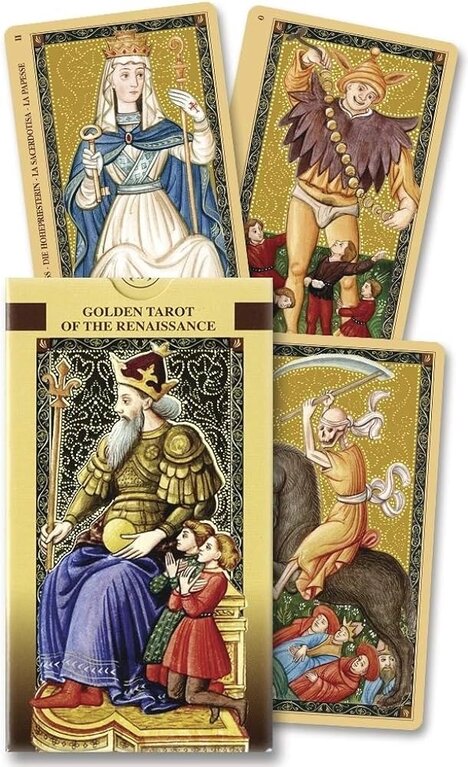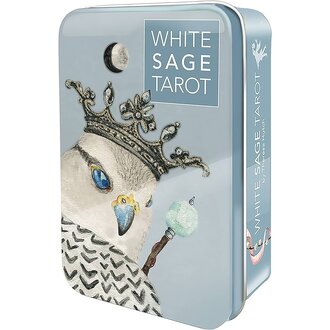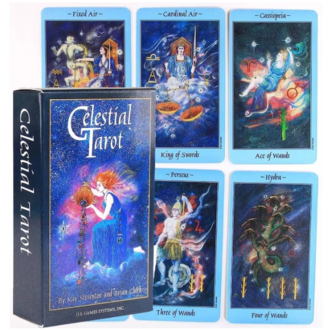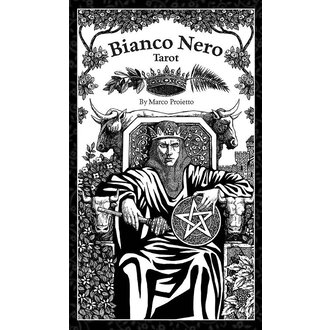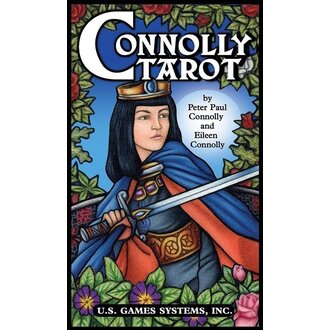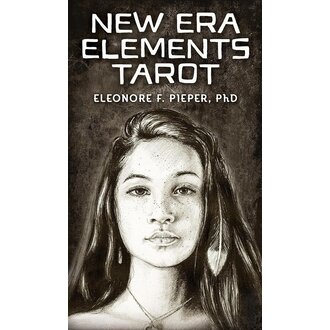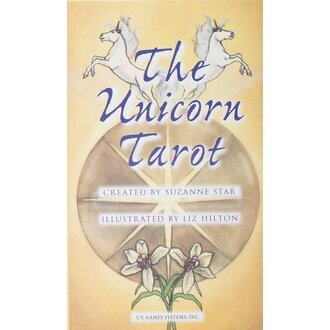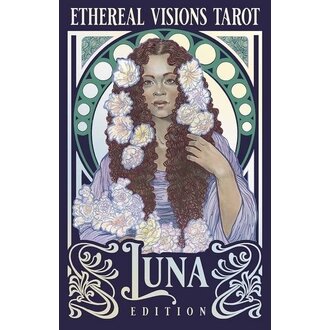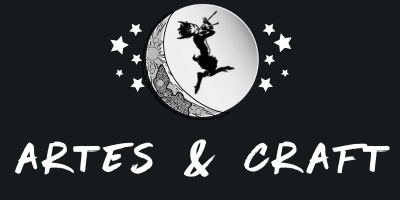
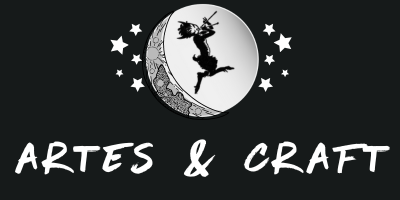

Login
Log in if you have an account
Register
Having an account with us will allow you to check out faster in the future, store multiple addresses, view and track your orders in your account, and more.
Create an accountOnce known as the Charles VI or Gringonneur Tarot, this historic masterpiece has been restored, completed, and renamed to reflect its true history. This late 15th century deck was made in Ferrara for the Estes family. The Minor Arcana, added by Dworkin, were inspired by frescos in Schifanoia Palazzo, owned by the Estes family. These images are alive with movement and wit and are highlighted with gold foil.
Golden Tarot of the Renaissance Review by Solandia
The Golden Tarot of the Renaissance is based upon a historically important Tarot, an incomplete deck of hand-painted Tarot cards which are now held in the Bibliotheque Nationale de Paris. The cards were incorrectly known as the Charles VI or Gringonneur Tarot for some time, but are now known as the Estensi deck, as research points to the cards' creation in Ferrara in northern Italy around 1470.
Only seventeen cards remain of the original deck. Sixteen of these are trumps - all familiar to us today though missing the High Priestess, Empress, Wheel, Devil or Star equivalents - plus a Knave of Swords. Tarot scholars and students were left to only imagine what the rest of the cards may have looked like – until Giordano Berti and Jo Dworkin worked together to complete it and create the entire 78-card Golden Tarot of the Renaissance.
As so few original cards remained, inspiration had to be taken from elsewhere for the vast majority of the cards. The booklet mentions examples of trump cards from Ferrara could be found relatively easily, but a lack of historical examples for the numbered cards, meant the original Knave of Swords was discarded and other primary sources used instead. An important source were the frescos in Palazzo Schifanoia, which were created to be a talisman for Duke Borso and around the same time as the Estensi cards.
The finished product, the Golden Tarot of the Renaissance, is Italian in symbology, ordering and meanings. It is a lovely combination of historical imagery and attractive presentation, with the watercolour tarot images coloured in strong primary coloured washes, populated with pale-faced people, and finally backgrounded in patterned metallic gold for a lush and luxurious decorated effect. The borders are a camel/beige colour, which don't distract from the central image, while the backs are reversible (but disappointingly have a somewhat unattractive brown design that don’t match the fresh colours of the cards).
I don’t have a comprehensive knowledge of art history, Renaissance paintings or medieval Italian frescos, but I do have an interest in historical Tarot and found it fascinating to compare the imagery in the Golden Tarot of the Renaissance to more modern decks. For example, there is no cliff or dog in the Fool, who instead has donkey ears and no pants. The Magician is not a magician but instead a Bateleur, standing (performing?) behind a temporary table. There is no lion in Strength, only a woman. The Lovers features not one but three couples. The Hermit has an hourglass, not a lantern. The Hanged Man holds two pouches and dangles upside down, looking more like a captured thief than anyone contemplating enlightenment. The Tower crumbles with no people in sight. The Moon has no scorpion, towers, dog or wolf, but two people appearing to make astrological calculations.
The numbered cards are fully illustrated - there are no pip cards here – but the imagery won't be quite familiar to anyone used to Marseilles or Rider-Waite-Smith decks exclusively. The Queen of Cups has a man chained loosely to her foot. The Knight of Pentacles seems to be studying (or ransacking) a dead body. The Two of Wands shows the graphic aftermath of a castration. The Eight of Swords shows an execution. The Two of Cups shows a couple sitting close together - and he appears to be trying hard to get into her pants, after plying her with wine. The companion booklet, while offering only a few keyword meanings, is adequate to interpret the cards.
I enjoyed the Golden Tarot of the Renaissance deck for its window into the early past of Tarot. While the majority of the deck is indeed a reconstruction, the art is authentic for its time and has been carefully researched to seamlessly integrate with the original cards. This is a unique and elegant historical Tarot.
